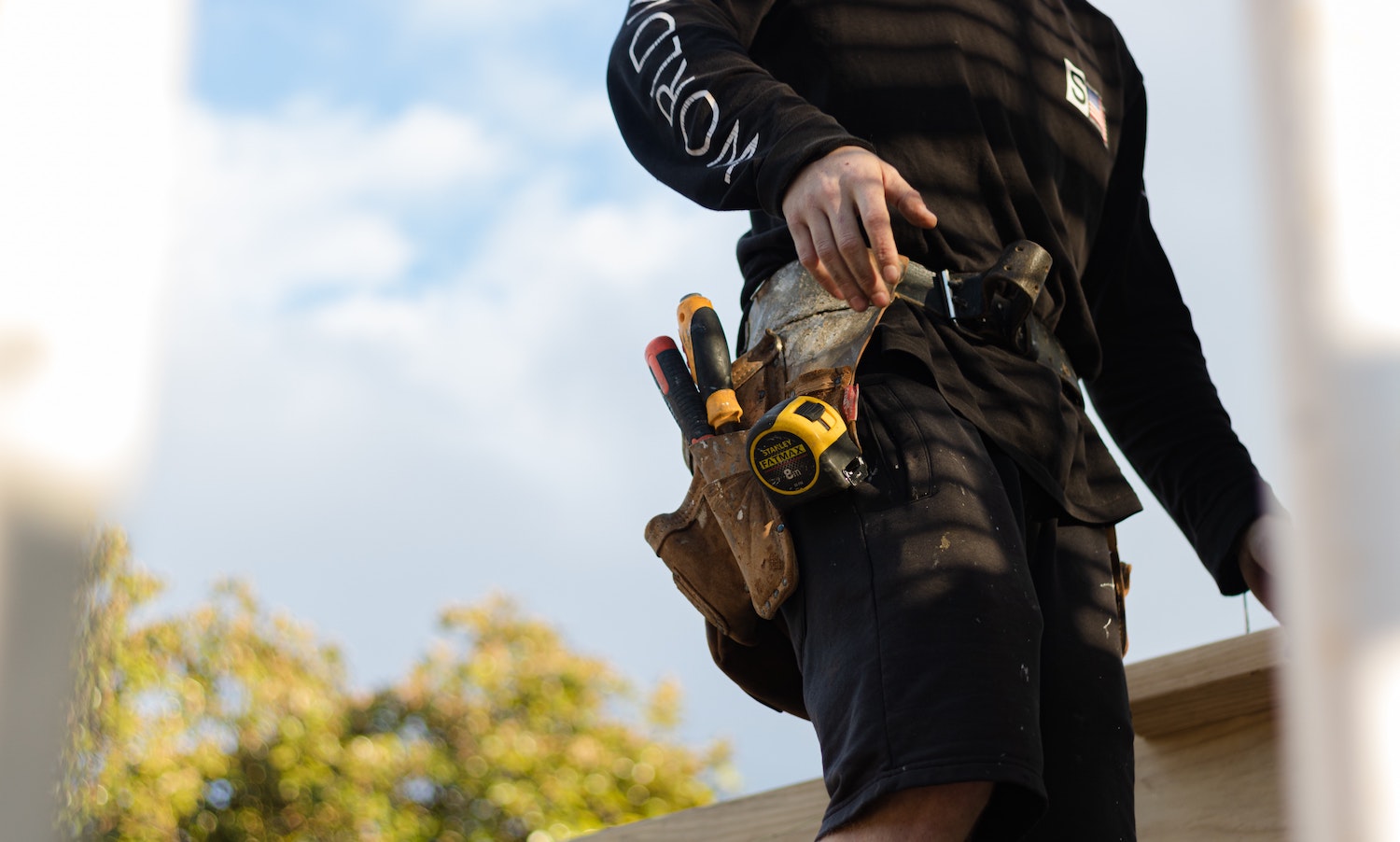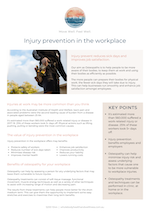Are you a labourer, mechanic, gardener or construction worker? If you work in a physically demanding profession, no doubt you’ve ended your days feeling stiff and sore from all the heavy lifting.
Likewise, if you’re an employer in an industry that places large physical demands on your employees, you’ll understand the importance of injury prevention to keep your business running and staff retention high.
Osteopath Grant Turner has recently seen more workers in the clinic with signs their job is negatively impacting them physically. Here, Grant chats about the impact of ignoring those signs of wear and tear, and how osteopathy can support you and/or your employees in the workplace.
Ignore it and it may lead to a bigger problem
While our bodies are really good at taking on load and stress daily, the long-term
effects of doing this can be dangerous to workers without the appropriate care. That niggle in the neck, the tightness in the lower back or the strain in the shoulders may recover after some short rests, but ignore it and over time this can turn into a bigger problem.
Our aim as Osteopaths is to help people to be more aware of their bodies, to keep them at work and using their bodies as efficiently as possible. The more people can prepare their bodies for physical work, the fewer sick days they will take due to injury. This can help businesses run smoothly and enhance job satisfaction amongst employees.
Injuries at work may be more common than you think
According to the Australian Institute of Health and Welfare, back pain and associated problems were the second leading cause of burden from a disease in people aged between 25-64.
The burden of disease measures the impact of living with an illness due to injury, and it is much more prevalent than it should be with regard to musculoskeletal conditions.
Other key issues that contribute to the burden of disease in people of this age are anxiety, depression and self-inflicted injuries. While there are many complexities to these issues, improving a person’s physical health benefits their overall wellbeing and lifestyle, including mental health.
Coronary heart disease is another leading factor in these statistics. Keeping people active is key in the prevention of heart conditions.
Injury prevention is more than just minimising sick days
Taking into consideration the above information, it is evident how important it is to take care of your body – for yourself as well as the people around you. With many factors in play, looking at the person as a whole is vital.
This is the foundation of Osteopathy. Treating a person as a whole goes deeper than assessing what’s happening in their muscles and joints.
Injury prevention is more than just minimising the number of sick days you or your employees take. Maintaining your physical wellbeing can help to reduce your risk of developing chronic disease which can eventually take you out of the workforce altogether.
A workplace that has more healthy people at work can provide a more enjoyable and productive environment.
Speaking to an Osteopath or simply introducing injury-preventing exercises into your daily regime and that of your employees can be a great start to reducing the impact that injuries can have in your workplace.
The benefit of Osteopathy for your workplace
If you’ve ever had a massage to work on those tender, stiff areas of the body, you’ll already understand the benefits of physical therapy.
However, what you might not know is that Osteopathy goes beyond giving your muscles and joints a little TLC. Osteopathy can help by assessing a person for any underlying factors that may leave them vulnerable to future injuries.
Osteopathy treatments can consist of soft tissue massage, functional movement, muscle energy techniques as well as a variety of other techniques to assist with increasing your range of motion and decreasing your pain.
The results from these treatments can help you move better for the short-medium term. This can give you the opportunity to implement some easy stretches and exercises to maximise your long-term benefits.
Try these exercises to keep you from taking a sickie
While not all workers may have time to get to an appointment to do this, we’ve included some stretches and exercises that are a really great way to start getting the general lower back and surrounding areas moving to help the body prepare and deal with physical labour. You can do these at the start of your day, introduce them into your lunch breaks or before you kick back and relax after a day of hard work.
Exercises to help your lower back before work
Exercises to help your tight/sore back

